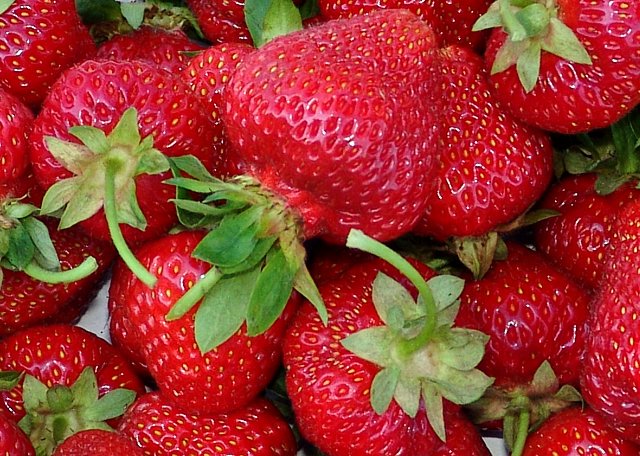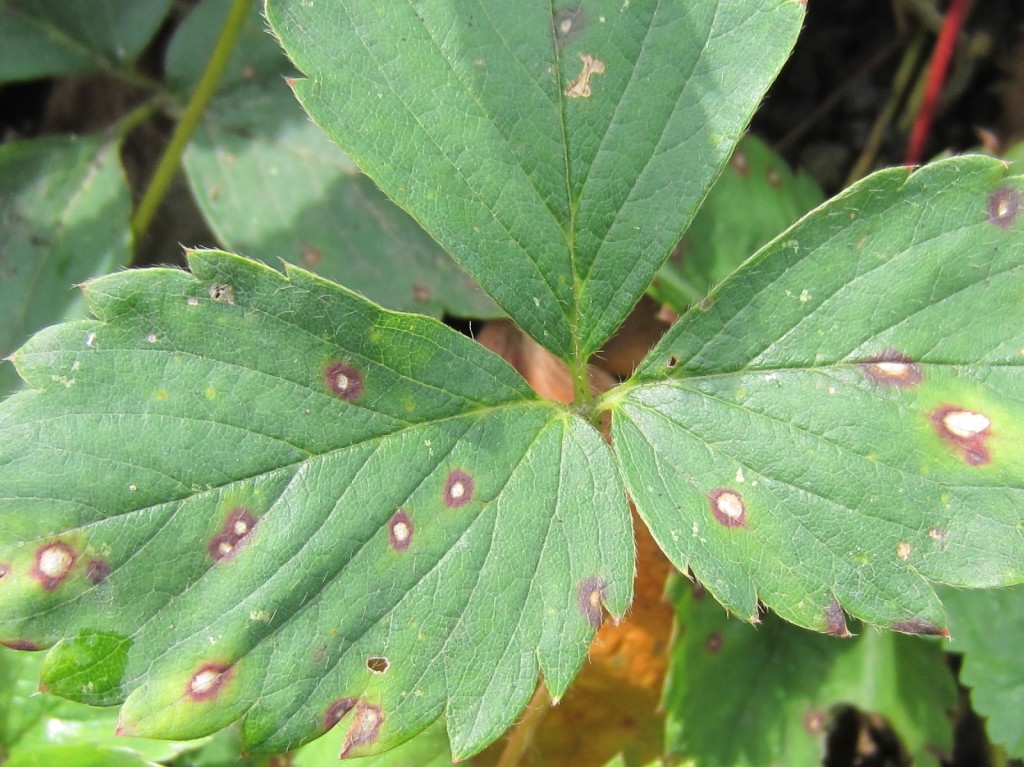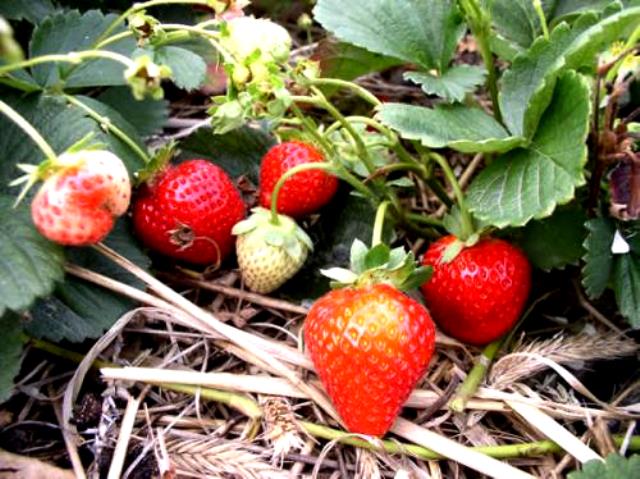Zenga Zengana - strawberry or pineapple?
Today, strawberries are considered one of the most popular berries that can be grown in your garden. Breeders have developed a wide variety of varieties. Among them, the Zenga-Zenga strawberry stands out. In this article, we will consider the features of this variety and its agricultural technology.
Content
Characteristics of the variety
The Senga-Sengana (or Senga-Senga) strawberry is one of the most famous varieties of German breeding.
Zenga-Zenga strawberries form vigorous and compact bushes. They are well leafy. This species is characterized by a weak ability to form antennae. Peduncles on the bush are located below or at the level of the leaves. The plant forms multi-flowered and compact inflorescences. For further fruiting and pollination, replanting of other types of strawberries is necessary, since Zenga-Zenga has unisexual flowers.

Quite large fruits are formed on the bush, the average weight of which is about 9.3 g. The berries are characterized by an indefinite shape - they can be round-conical, wedge-shaped, often angular. Fruit ripening is rather late. Sometimes these strawberries are classified as medium-late varieties. Berries, at the end of fruiting, begin to shrink.
Fruit color from intense red to dark red. With good illumination of the fruits, they acquire a dark cherry color. The color of the berries is the same over the entire surface. The skin is shiny. They have yellow achenes, which are immersed in the pulp. The pulp of the berries is intensely red and very juicy. Average density is characteristic. The fruits have an excellent sweet-sour taste and are very aromatic. The stalk separates well from the berry. The productivity of the bushes is good (5-7 t / ha.). Up to 2 kg of berries can be harvested from one bush. Good transportability of fruits is noted.

A feature of the Zenga-Zenga strawberry variety is a prolonged fruiting period, which is why the plant has a low resistance to diseases such as white leaf spot and gray rot. Most often, this species is affected by the strawberry mite. Differs in high resistance to verticillous and late blight wilting. At the same time, the bushes have good resistance to diseases of the root system.
It is also characterized by a fairly high resistance to frost. The bush perfectly tolerates low temperatures, which ensures good plant survival. Their recovery occurs quickly and is not accompanied by losses in fruiting. The strawberry bush can withstand a sharp drop in temperature. But, despite this, the bushes must be properly prepared for wintering.
This type is used for technical processing. Berries are suitable for freezing, because after defrosting they retain their taste. Berries can be eaten fresh or used to make stewed fruit or jelly.
This variety has the following advantages:
- vigorous bush;
- large fruits;
- excellent taste characteristics of berries;
- beautiful appearance of the fruit;
- high transportability of berries;
- increased resistance of the root system to various diseases;
- high frost resistance.
The disadvantages of the species include:
- rather extended period of fruiting;
- the plant's tendency to certain diseases.

Features of agricultural technology
Zenga-Zenga strawberries, due to their agrotechnical properties, can be grown in mountainous terrain, which has nutrient-poor soils. Most often, this plant species grows in the North Caucasus zone.It can be grown in a continental climate. The plant needs a certain number of cold hours throughout the winter.
Also, this plant does not require any specific care. In practice, caring for Zenga-Zengana strawberries comes down to caring like regular strawberries. A prerequisite for the normal growth of bushes is considered to be periodic fertilizing with the use of mineral fertilizers. Also, the plant needs to be watered abundantly and often (especially in dry weather). After watering, you need to loosen and mulch the land near the bushes. Weeds should be weeded periodically.

It is necessary to carry out timely preventive treatment of bushes from various pests and diseases. The landing site should be well lit. Even minor shading should be avoided. The place of future growth should also be well protected from the winds (it is best to plant near various buildings: fences, sheds). Planting seedlings, rosettes or whiskers can be carried out both in autumn and spring.
Zenga-Zenga strawberries, in terms of their taste characteristics and cultivation characteristics, are considered one of the excellent strawberry varieties.
Video "Proper Strawberry Care"
This video will give you some good tips for proper strawberry care, which are also suitable for our strain.
